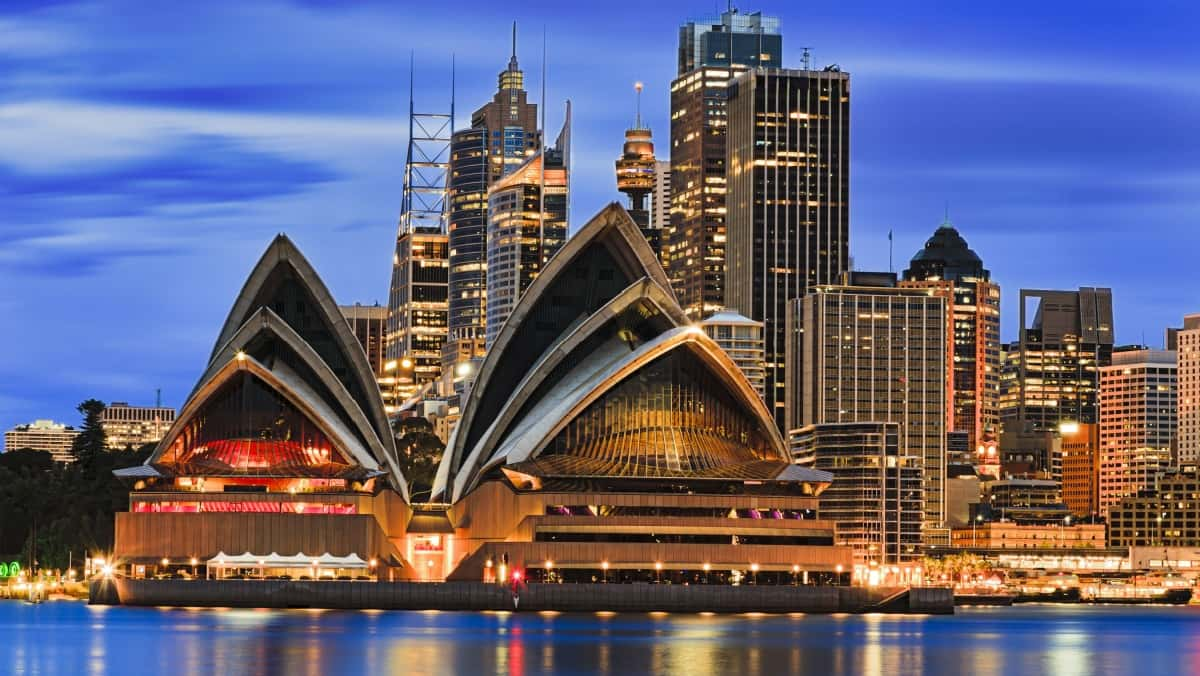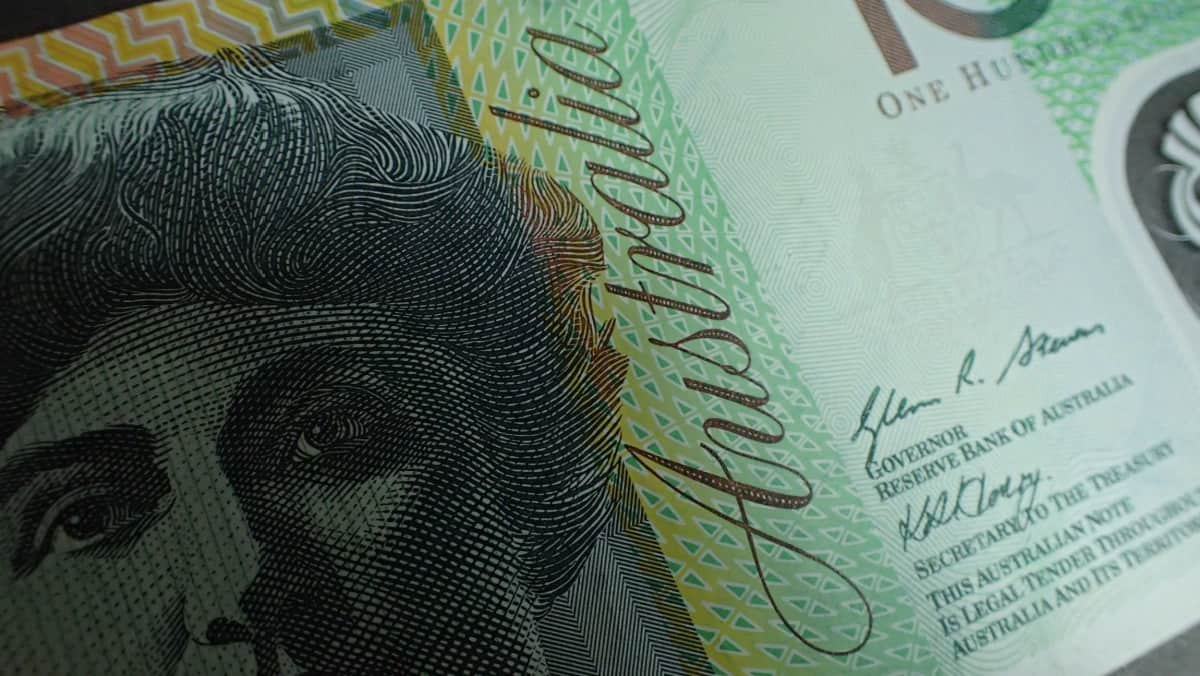Thursday May 30 2024 09:35

6 min

The Australian inflation rate unexpectedly ticked up in April, sending a further warning to the country’s central bank to remain vigilant, while justifying its recent decision to put the possibility of another interest rate hike back on the table.
In response to the inflation data, money markets are now pricing in only two basis points of rate cuts by the Reserve Bank of Australia (RBA) by the end of the year. Probabilities of interest rate hikes are also back up.
Markets.com Chief Market Analyst Neil Wilson mentioned the market’s reaction to a higher Australia inflation rate in his week ahead preview:
“Australian inflation has come down a lot but remains stubborn – CPI fell to 3.6% in Q1 2024 from the previous 4.1% but was above the market consensus of 3.4%. QoQ rose 1.0% vs 0.6% in the prior quarter.
RBA meeting minutes showed policymakers considered raising rates as the flow of data since the previous meeting had ‘mostly been stronger than expected’, and that it was 'difficult either to rule in or rule out future changes’ to rates’, though it stopped short of adopting a tightening bias. Any acceleration in the rate of inflation could see rate hikes come back on the table”.
Сalculate your hypothetical P/L (aggregated cost and charges) if you had opened a trade today.
Market

Instrument


Account Type
Direction
Quantity
Amount must be equal or higher than
Amount should be less than
Amount should be a multiple of the minimum lots increment
USD
EUR
GBP
CAD
AUD
CHF
ZAR
MXN
JPY
Value
Commission
Spread
Leverage
Conversion Fee
Required Margin
Overnight Swaps
Past performance is not a reliable indicator of future results.
All positions on instruments denominated in a currency that is different from your account currency, will be subject to a conversion fee at the position exit as well.
According to the Australian Bureau of Statistics (ABS), the monthly consumer price index (CPI) rose 3.6% in the 12 months to April, up from 3.5% in March. Economists had anticipated a decline to 3.4%.
Michelle Marquardt, ABS head of prices statistics, said in a statement:
“Inflation has been relatively stable over the past five months, although this is the second month in a row where annual inflation has had a small increase”.
Housing, food, alcohol and tobacco, and transport were the primary drivers of the annual inflation rate increase in April.
Harry Murphy Cruise, an economist at Moody’s Analytics cited by the Wall Street Journal (WSJ), said of the Australian inflation rate:
“This is the second straight month where inflation has moved in the wrong direction. Not yet a trend, but a worrying development nonetheless”.
When these volatile items are excluded, the annual inflation rate remains steady at 4.1%.
Tony Sycamore, market analyst at IG Australia, also told the WSJ:
“In this context, today’s print won’t move the dial ahead of the RBA’s board meeting on June 18. However, it will raise questions about the pace and sustainability of inflation decline back towards the target in a time frame that is consistent with the RBA board’s strategy”.
Housing costs increased by 4.9% over the year to April, down from 5.2% in March. Rent prices surged 7.5%, highlighting a tight rental market and low vacancy rates nationwide.
New dwelling prices also rose by 4.9% over the year, as builders passed higher labour and material costs onto consumers. According to the ABS, the annual price growth for new dwellings has been around 5% since August 2023.
Electricity prices saw a 4.2% increase in the 12 months to April. Government energy rebates introduced last July have largely offset these increases. Without the rebates, electricity prices would have surged by 13.9%, the ABS reported.

The Australian dollar, also widely known as the “Aussie” in forex markets, pulled back from $0.6667 as the U.S. dollar rose across the board.
AUD dipped to the $0.6590 level after the release of the Australia inflation data but later scaled back its losses. The AUD to USD pair traded at $0.6608 at the time of writing.
The Australian inflation reading for April left markets wondering as to the risk that the Reserve Bank of Australia (RBA) might have to hike rates again.
Futures now imply a 27% chance of a rise in the 4.35% cash rate, up from 14% before the data.
Paul Bloxham, head of Australian economics at HSBC, said that the bank’s base case was for Australian interest rates to remain steady before a cut in the second quarter of 2025:
"The slow disinflation process in Australia has been evident for some time. Despite the slowdown in growth, the supply-side of the economy has been constrained, and productivity has been weak. Our central case is that the RBA's cash rate will be on hold through 2024 with rate cuts not beginning until Q2 2025”.
When considering shares, indices, forex (foreign exchange) and commodities for trading and price predictions, remember that trading CFDs involves a significant degree of risk and could result in capital loss.
Past performance is not indicative of any future results. This information is provided for informative purposes only and should not be construed to be investment advice.
Asset List
View Full ListLatest
View all
Thursday, 3 April 2025

5 min

Wednesday, 2 April 2025

5 min

Wednesday, 2 April 2025

4 min


